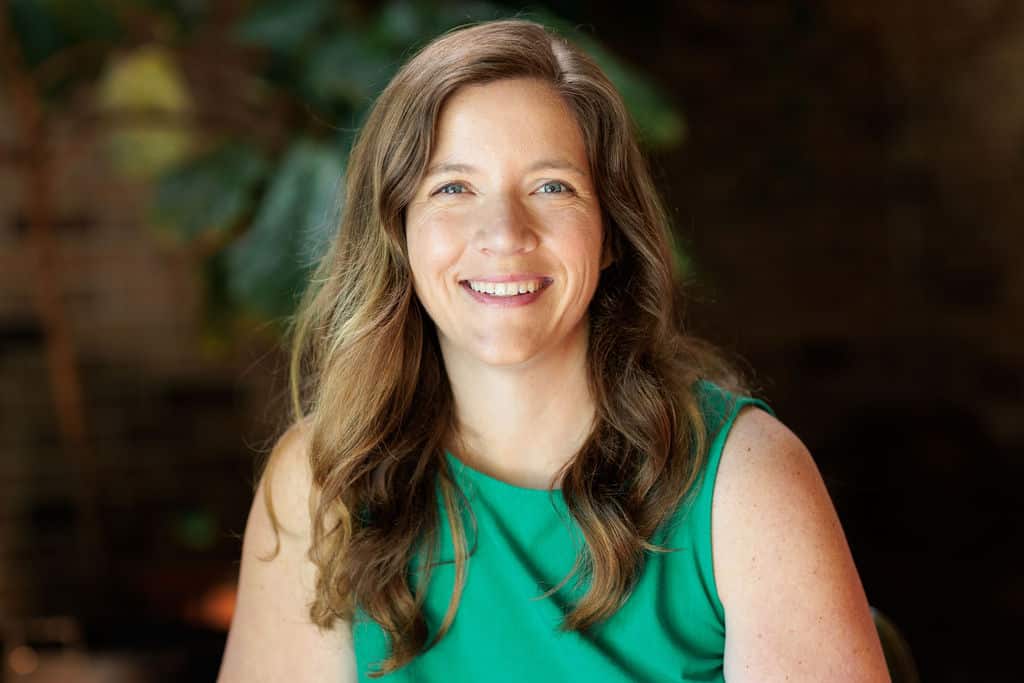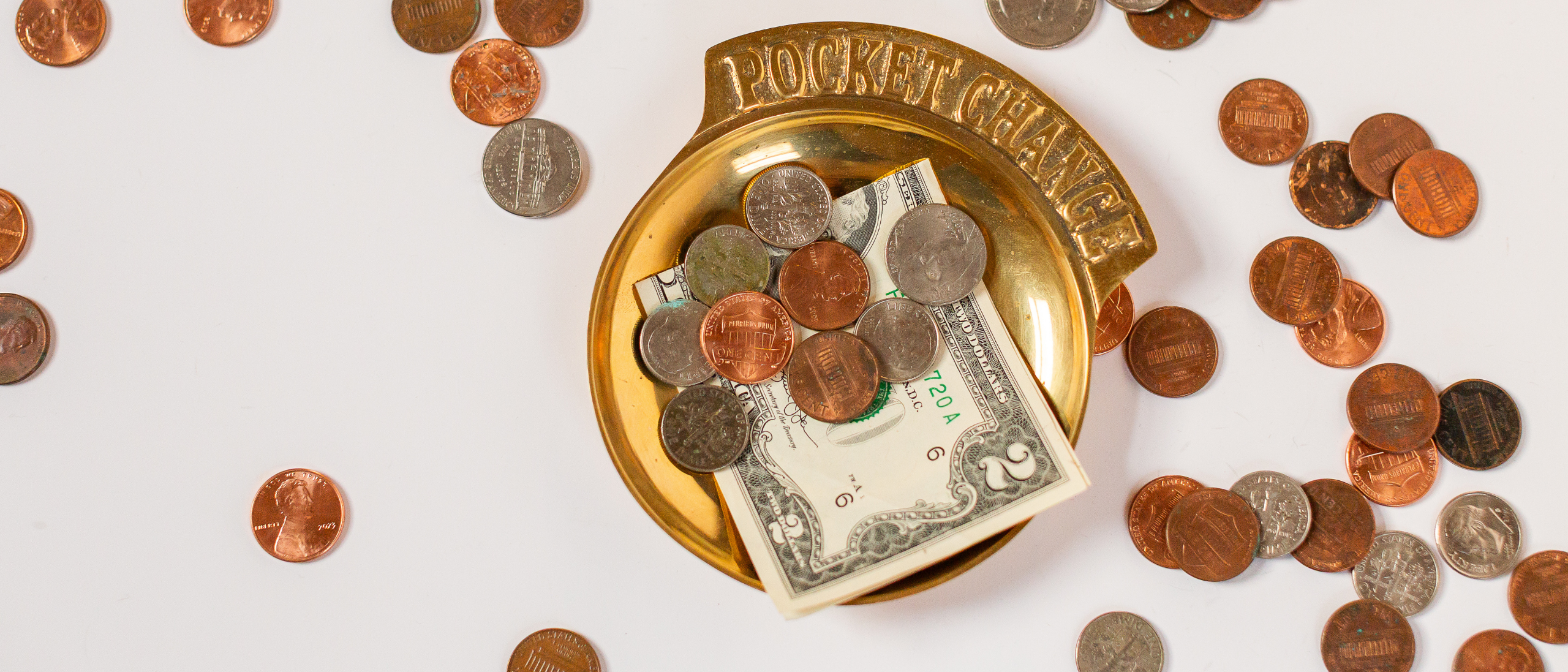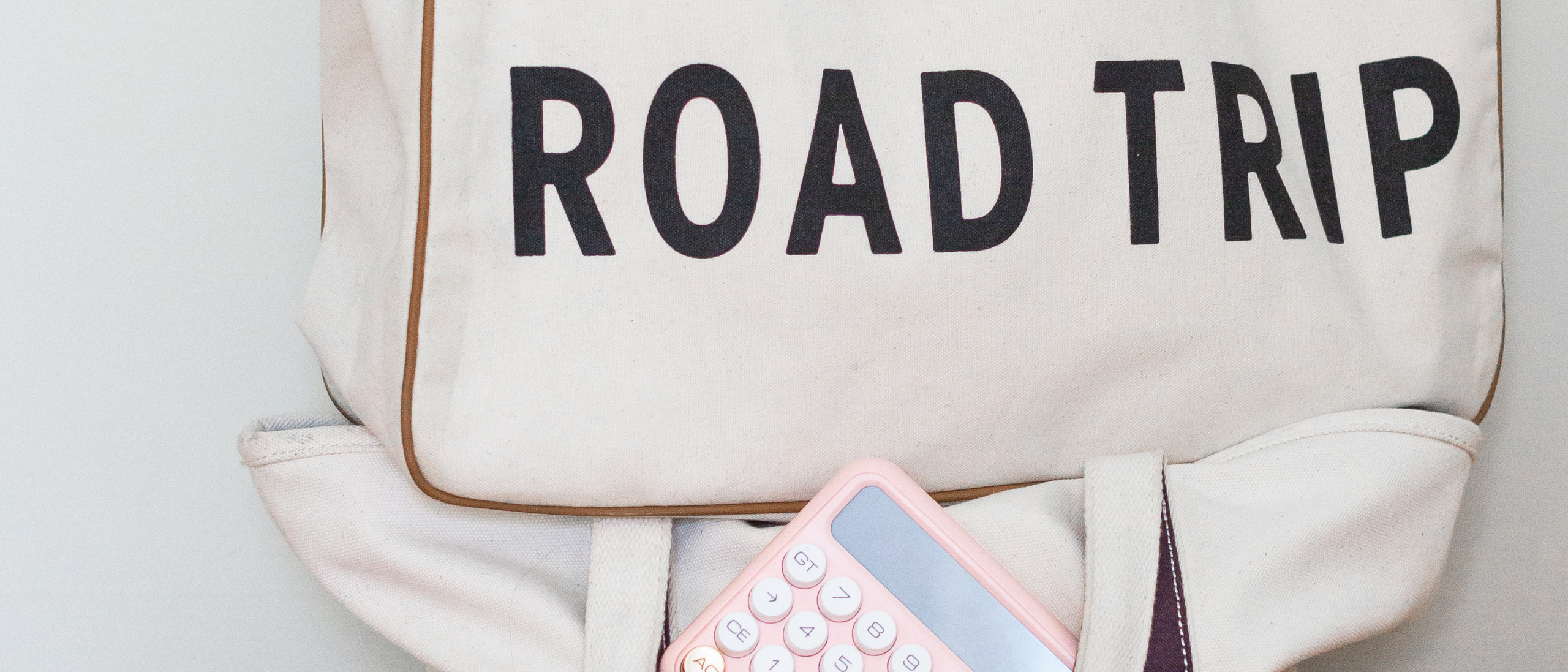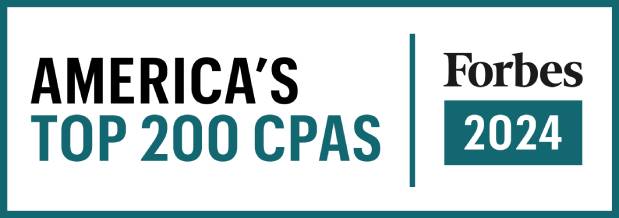The Coronavirus Aid, Relief, and Economic Security (CARES) Act allocated $350 billion to help small businesses keep workers employed amid the pandemic and economic downturn. Known as the Paycheck Protection Program, the initiative provides 100% federally guaranteed loans to small businesses.
Here are the questions that this post will answer:
- What is the Paycheck Protection Program?
- Who is eligible for the loan?
- I am an independent contractor or gig economy worker, am I eligible?
- Where can I apply for the Paycheck Protection Program?
- What do I need to apply?
- What information does the lender want?
- What is the maximum amount I can borrow?
- How can I use the money such that the loan will be forgiven?
- When is the loan forgiven?
- What is the covered period of the loan?
- How much of my loan will be forgiven?
- Am I responsible for interest on the forgiven loan amount?
- What are the interest rates and terms for the loan amount that is not forgiven?
- When is the application deadline for the Paycheck Protection Program?
- I took out a bridge loan through my state, am I eligible to apply for the Paycheck Protection Program?
- If I have applied for, or received an Economic Injury Disaster Loan (EIDL) related to COVID19 before the Paycheck Protection Program became available, will I be able to refinance into a PPP loan?
What is the Paycheck Protection Program?
The Paycheck Protection Program provides 100% federally guaranteed loans to small businesses.
Who is eligible for the loan?
- A small business with fewer than 500 employees
- A 501(c)(3) with fewer than 500 employees
- An individual who operates as a sole proprietor
- An individual who operates as an independent contractor
- An individual who is self-employed who regularly carries on any trade or business
I am an independent contractor or gig economy worker, am I eligible?
Yes. Sole proprietors, independent contractors, gig economy workers, and self-employed individuals are all eligible for the Paycheck Protection Program.
Where can I apply for the Paycheck Protection Program?
You can apply for the Paycheck Protection Program at any lending institution that is approved to participate in the program through the existing U.S. Small Business Administration lending program and additional lenders approved by the Department of Treasury.
There are thousands of banks and credit unions that already participate in the SBA’s lending programs. You do not have to visit any government institution to apply for the program, you can call your bank or find SBA-approved lenders in your area through SBA’s online Paycheck Protection Eligible Lenders list. You can call your local Small Business Development Center or Women’s Business Center and they will provide free assistance and guide you to lenders. When you call, tell them you are interested in the “Paycheck Protection Program” and they will guide you through the steps for applying for the program.
What do I need to apply?
You will need to complete the Paycheck Protection Program loan application and submit the application with the required documentation to an approved lender that is available to process your application by June 30, 2020.
What information does the lender want?
The lenders are directed to consider whether the borrower was in operation before February 15, 2020 and had employees for whom they paid salaries and payroll taxes or paid independent contractors.
Lenders will also ask you for a good faith certification that:
- Current economic uncertainty makes the loan necessary to support your ongoing operations.
- The funds will be used to retain workers and maintain payroll or to make mortgage, lease, and utility payments.
- You have not and will not receive another loan under this program.
- You will provide to the lender documentation that verifies the number of full-time equivalent employees on payroll and the dollar amounts of payroll costs, covered mortgage interest payments, covered rent payments, and covered utilities for the eight weeks after getting this loan.
- Loan forgiveness will be provided for the sum of documented payroll costs, covered mortgage interest payments, covered rent payments, and covered utilities. Due to likely high subscription, it is anticipated that not more than 25% of the forgiven amount may be for non-payroll costs.
- All the information you provided in your application and in all supporting documents and forms is true and accurate. Knowingly making a false statement to get a loan under this program is punishable by law.
- You acknowledge that the lender will calculate the eligible loan amount using the tax documents you submitted. You affirm that the tax documents are identical to those you submitted to the IRS. And you also understand, acknowledge, and agree that the lender can share the tax information with the SBA’s authorized representatives, including authorized representatives of the SBA Office of Inspector General, for the purpose of compliance with SBA Loan Program Requirements and all SBA reviews.
What is the maximum amount I can borrow?
The amount any small business is eligible to borrow is 250 percent of their average monthly payroll expenses, up to a total of $10 million. This amount is intended to cover 8 weeks of payroll expenses and any additional amounts for making payments towards debt obligations. This 8 week period may be applied to any time frame between February 15, 2020 and June 30, 2020. Seasonal business expenses will be measured using a 12-week period beginning February 15, 2019, or March 1, 2019, whichever the seasonal employer chooses.
How can I use the money such that the loan will be forgiven?
The amount of principal that may be forgiven is equal to the sum of expenses for payroll, and existing interest payments on mortgages, rent payments, leases, and utility service agreements. Payroll costs include employee salaries (up to an annual rate of pay of $100,000), hourly wages and cash tips, paid sick or medical leave, and group health insurance premiums. If you would like to use the Paycheck Protection Program for other business-related expenses, like inventory, you can, but that portion of the loan will not be forgiven.
When is the loan forgiven?
The loan is forgiven at the end of the 8-week period after you take out the loan. Borrowers will work with lenders to verify covered expenses and the proper amount of forgiveness.
What is the covered period of the loan?
The covered period during which expenses can be forgiven extends from February 15, 2020 to June 30, 2020. Borrowers can choose which 8 weeks they want to count towards the covered period, which can start as early as February 15, 2020
How much of my loan will be forgiven?
The purpose of the Paycheck Protection Program is to help you retain your employees, at their current base pay. If you keep all of your employees, the entirety of the loan will be forgiven. If you still lay off employees, the forgiveness will be reduced by the percent decrease in the number of employees. If your total payroll expenses on workers making less than $100,000 annually decreases by more than 25 percent, loan forgiveness will be reduced by the same amount. If you have already laid off some employees, you can still be forgiven for the full amount of your payroll cost if you rehire your employees by June 30, 2020.
Am I responsible for interest on the forgiven loan amount?
No, if the full principal of the PPP loan is forgiven, the borrower is not responsible for the interest accrued in the 8-week covered period. The remainder of the loan that is not forgiven will operate according to the loan terms agreed upon by you and the lender.
What are the interest rates and terms for the loan amount that is not forgiven?
1.00% fixed rate. All payments are deferred for 6 months; however, interest will continue to accrue over this period.
When is the application deadline for the Paycheck Protection Program?
Applicants are eligible to apply for the PPP loan until June 30th, 2020.
I took out a bridge loan through my state, am I eligible to apply for the Paycheck Protection Program?
Yes, you can take out a state bridge loan and are still eligible for the PPP loan.
If I have applied for, or received an Economic Injury Disaster Loan (EIDL) related to COVID19 before the Paycheck Protection Program became available, will I be able to refinance into a PPP loan?
Yes. If you received an EIDL loan related to COVID-19 between January 31, 2020 and the date at which the PPP becomes available, you would be able to refinance the EIDL into the PPP for loan forgiveness purposes. However, you may not take out an EIDL and a PPP for the same purposes. Remaining portions of the EIDL, for purposes other than those laid out in loan forgiveness terms for a PPP loan, would remain a loan. If you took advantage of an emergency EIDL grant award of up to $10,000, that amount would be subtracted from the amount forgiven under PPP.
Sources:




